Share
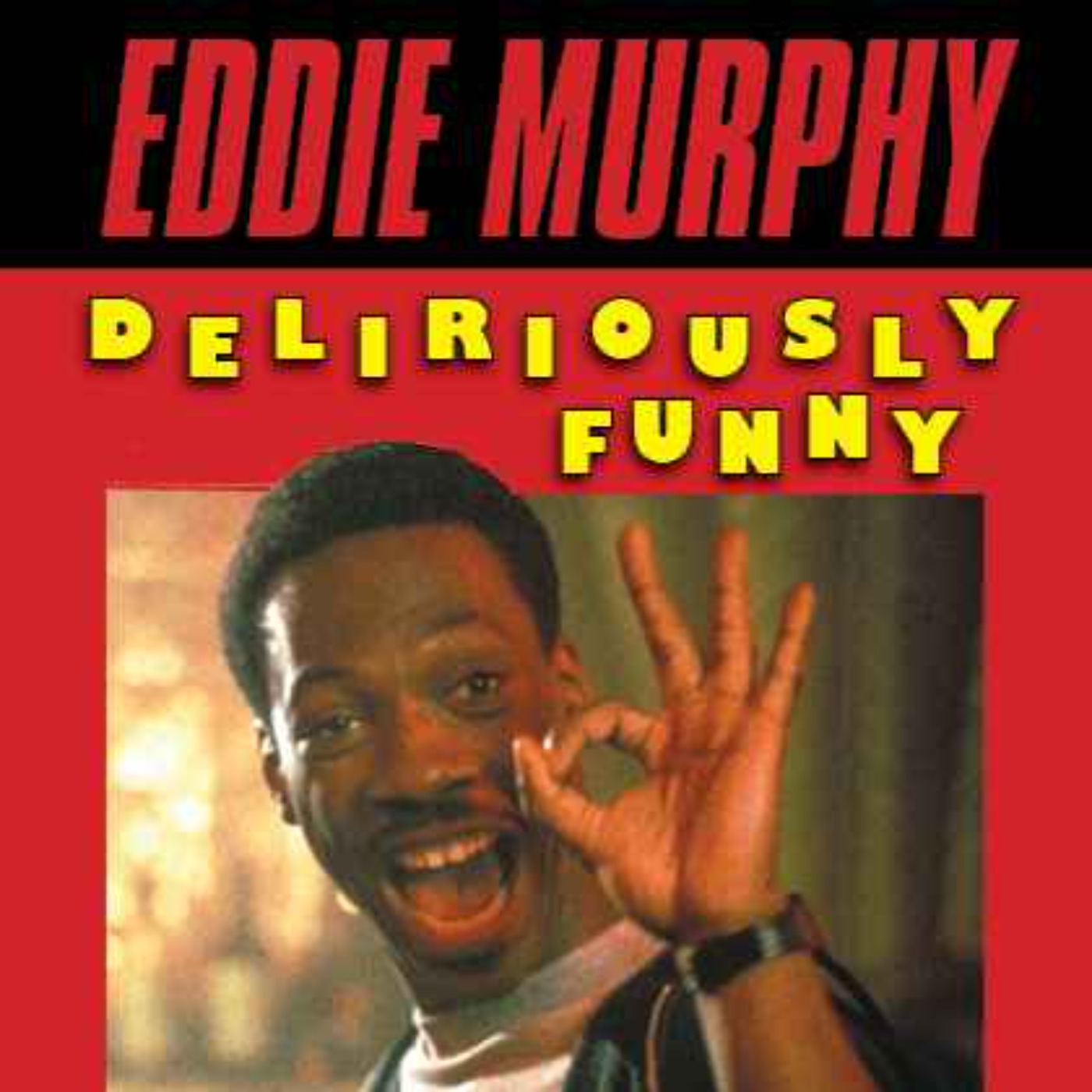
Writers on Film
Mark Searby on the Deliriously Funny Eddie Murphy
As one of the world’s most dynamic and recognised celebrity icons, Eddie Murphy has been present in comedy and music for the last five decades and has dominated our big screens since his debut feature film, action comedy, 48hrs. some forty years ago. Delivered from a never-seen-before viewpoint, ‘Eddie Murphy; Deliriously Funny’ is an immersive account of Murphy’s entire comedy genius that spans the highs and lows of his career, touching on his childhood, exploring his influences, his stand-up comedy roots, music and film. From the author of ‘Rik Mayall: Comedy Genius’ and ‘Al Pacino: The Movies Behind The Man’, Mark Searby intricately unravels the golden thread of comedy that has weaved through the fabric of Murphy’s life and career, in both film and music, and exposes the deeper catalysts behind it.
Taking us on a profound journey that outlines Murphy’s life, Searby creates an honest account that is charged with the excitement, frustration, confidence and fearlessness that Murphy has experienced and delivered throughout his work. Documenting the incredible highs, and the equally spectacular lows, ‘Eddie Murphy; Deliriously Funny’ includes exclusive interviews and quotes from those that have worked closest to him. Highlighting his breakthrough on mainstream TV via Saturday Night Live, through to multimillion-dollar box office smashes of his most famed and successful films; 48 Hrs., Beverly Hills Cop, Coming To America, Harlem Nights, Boomerang, The Nutty Professor, Shrek, Dreamgirls, Norbit and Dr. Dolittle, Searby also delves in to the career flops that span comedy sketches and numerous big screen films, and ultimately how Murphy used them on one of the most amazing rides through Hollywood.
Packed with excerpts and interviews with the likes of Reginald Hudlin (Boomerang), Katt Williams (Norbit), Keith Robinson (Dreamgirls), David Patrick Kelly (48 Hrs.), Steven Berkoff (Beverly Hills Cop) and more, not only does the book celebrate Murphy’s career but it also gives insight to the person behind it. Featured heavily throughout the book are the deeper topics that have ultimately fuelled Murphy’s passion for comedy. Exploring his ability to use comedy as a vehicle to “put racism and sexism front and centre throughout”, Searby delves into the vast pool of examples that find “In amongst all of the hilarious comedy routines Murphy was creating, there were moments that spoke honestly and directly about racism.”
Told with an air of wit that captures Murphy’s inspiring outlook on life, the book is not a gossip frenzied account of his personal life but a testament to the career and his doggedly determined, confident traits that has allowed it to span half a century. From influences that went before, such as Richard Pryor, Nipsey Russell, Moms Mabley and even Elvis Presley and Bruce Lee, Eddie Murphy became the biggest influence in the world, non more so than with aspiring Black comics.
“A pioneer of a new form of much- loved entertainment that was speaking to an entirely new Black generation. It featured a combative edge, an edge that put racism and sexism front and centre throughout. They wouldn’t shut up or back down when discussing the topics that mattered most to them. This was their time to speak and they were not going to let anyone off the hook. Eddie Murphy was doing that with his stand-up to a huge audience – Black and white.”
As with his previous work, Searby masters his subject and highlights how, no matter whether you are an avid fan or not, Eddie Murphy will have touched your life at some point in time. Whether it be through music, through comedy, through the voice of a donkey or adult humour, his reign as one of the world’s most iconic inhabitants is undeniable and ‘Eddie Murphy; Deliriously Funny’ is a captivating insight into his legacy.
More episodes
View all episodes
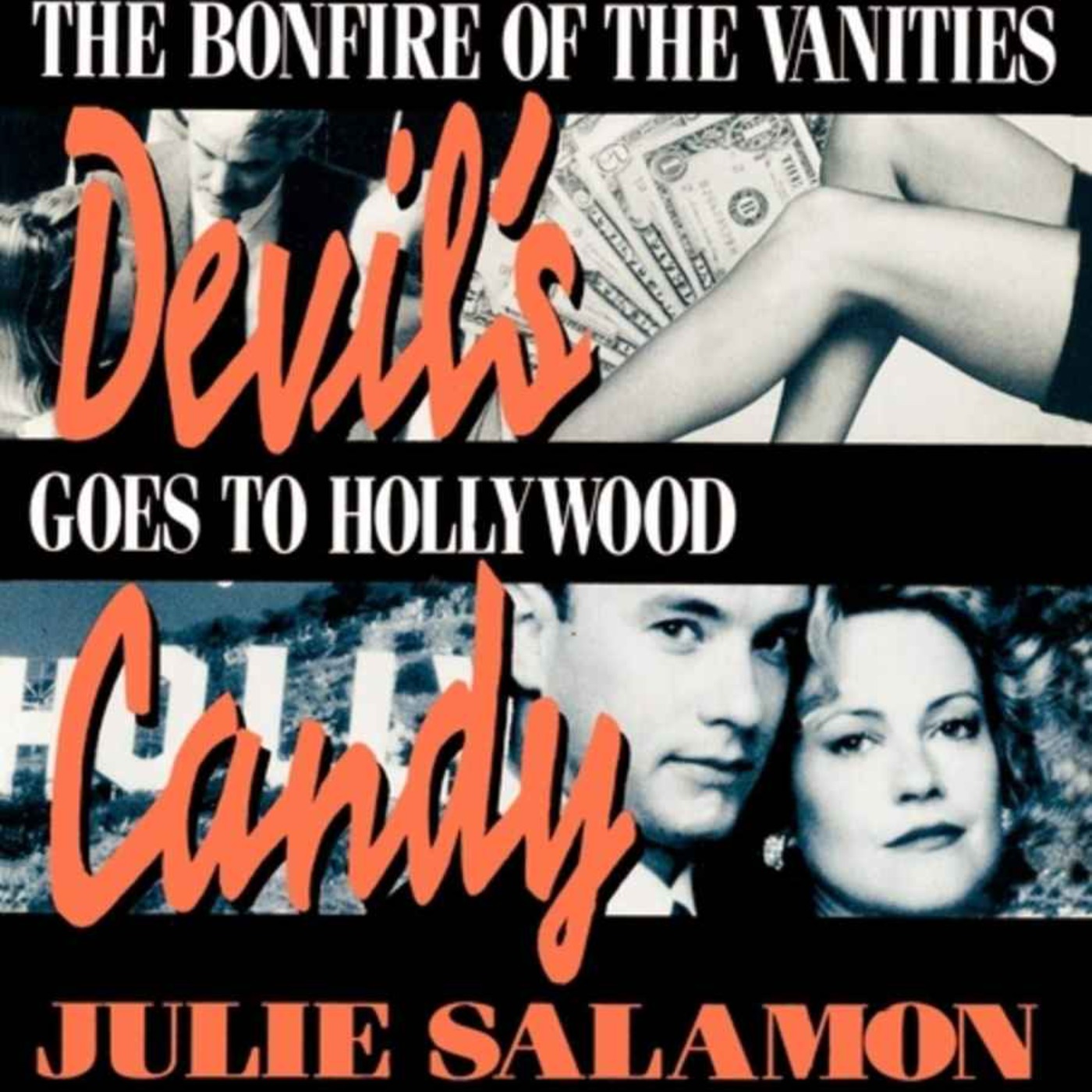
29. Julie Salamon and the Devil's Candy
01:15:21John Bleasdale talks to Julie Salamon the author of The Devil's Candy, The Bonfire of the Vanities Goes to Hollywood. The book is available here. The book was also the basis for the podcast series The Plot Thickens which you can listen to here.“So much better, so much more fun, than the movie it is about that one must be thankful to the filmmakers for producing such a spectacle, if only so that this book could be written.”—Vogue When film director Brian De Palma invited author Julie Salamon to follow him on the set of The Bonfire of the Vanities, he had no idea that the fifty-million-dollar movie would become one of Hollywood’s biggest flops. The Devil’s Candy is the juicy, bestselling exposé that sent Hollywood honchos running for cover. Who was responsible for the last-minute casting change that cost four million dollars? Who knew that Melanie Griffith would show up halfway through the filming with a new set of breasts? Settle down in your front-row seat for a story that has more drama, hilarity, greed, folly, and ego than the movie that eventually ended up on the screen. Expertly reported and elegantly written, The Devil’s Candy is irresistible fun, a classic insider’s look at the movie business.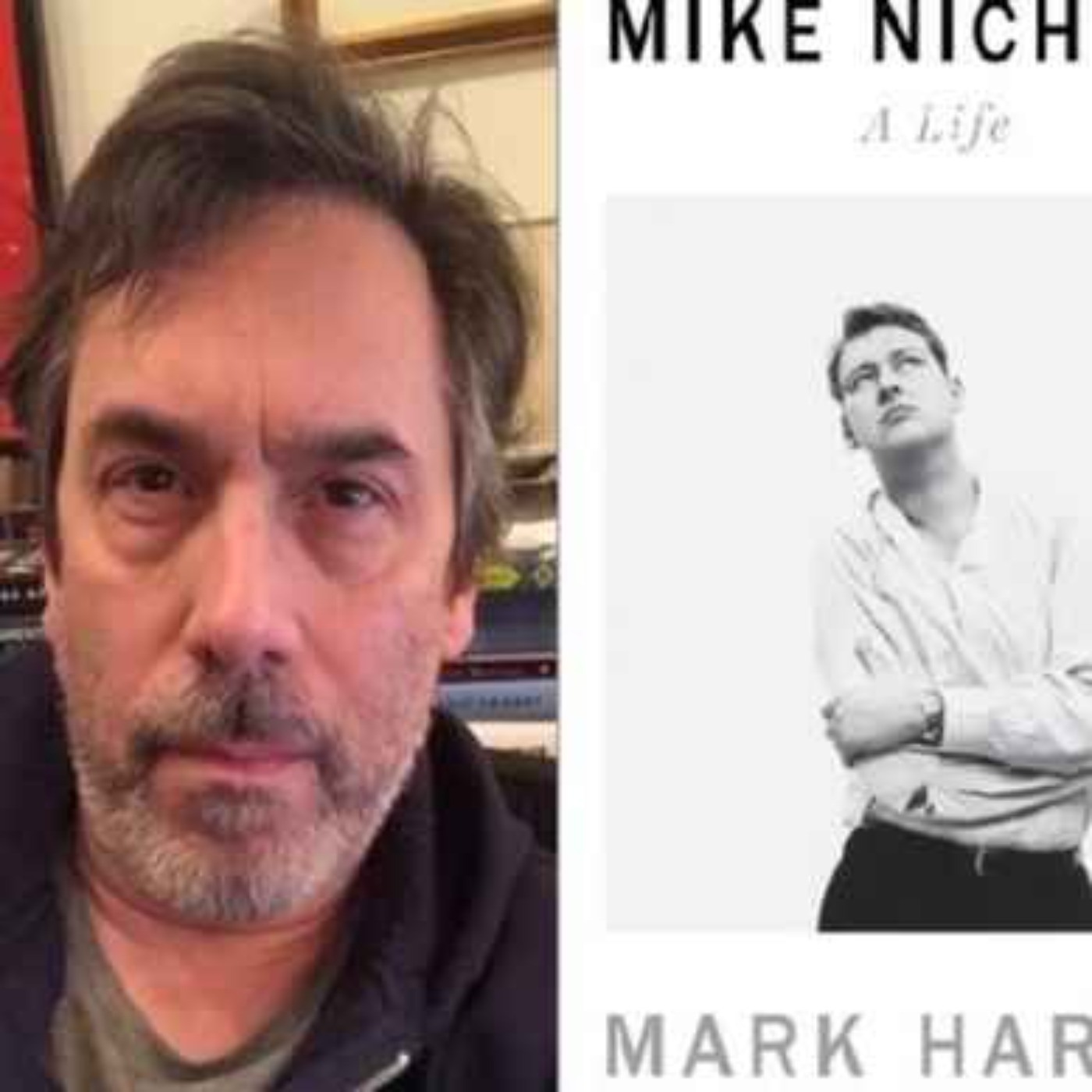
12. Mark Harris on Mike Nichols and others
58:26John Bleasdale talks to author Mark Harris about his books Pictures from the Revolution and his recent biography of Mike NIchols.Mark's recommended book is Jason Bailey's Fun City Cinema, available here.Here's the blurb to Mark's most recent book:An instant New York Times Bestseller!A magnificent biography of one of the most protean creative forces in American entertainment history, a life of dazzling highs and vertiginous plunges--some of the worst largely unknown until now--by the acclaimed author of Pictures at a Revolution and Five Came BackMike Nichols burst onto the scene as a wunderkind: while still in his twenties, he was half of a hit improv duo with Elaine May that was the talk of the country. Next he directed four consecutive hit plays, won back-to-back Tonys, ushered in a new era of Hollywood moviemaking with Who's Afraid of Virginia Woolf?, and followed it with The Graduate, which won him an Oscar and became the third-highest-grossing movie ever. At thirty-five, he lived in a three-story Central Park West penthouse, drove a Rolls-Royce, collected Arabian horses, and counted Jacqueline Kennedy, Elizabeth Taylor, Leonard Bernstein, and Richard Avedon as friends.Where he arrived is even more astonishing given where he had begun: born Igor Peschkowsky to a Jewish couple in Berlin in 1931, he was sent along with his younger brother to America on a ship in 1939. The young immigrant boy caught very few breaks. He was bullied and ostracized--an allergic reaction had rendered him permanently hairless--and his father died when he was just twelve, leaving his mother alone and overwhelmed.The gulf between these two sets of facts explains a great deal about Nichols's transformation from lonely outsider to the center of more than one cultural universe--the acute powers of observation that first made him famous; the nourishment he drew from his creative partnerships, most enduringly with May; his unquenchable drive; his hunger for security and status; and the depressions and self-medications that brought him to terrible lows. It would take decades for him to come to grips with his demons. In an incomparable portrait that follows Nichols from Berlin to New York to Chicago to Hollywood, Mark Harris explores, with brilliantly vivid detail and insight, the life, work, struggle, and passion of an artist and man in constant motion. Among the 250 people Harris interviewed: Elaine May, Meryl Streep, Stephen Sondheim, Robert Redford, Glenn Close, Tom Hanks, Candice Bergen, Emma Thompson, Annette Bening, Natalie Portman, Julia Roberts, Lorne Michaels, and Gloria Steinem.Mark Harris gives an intimate and evenhanded accounting of success and failure alike; the portrait is not always flattering, but its ultimate impact is to present the full story of one of the most richly interesting, complicated, and consequential figures the worlds of theater and motion pictures have ever seen. It is a triumph of the biographer's art.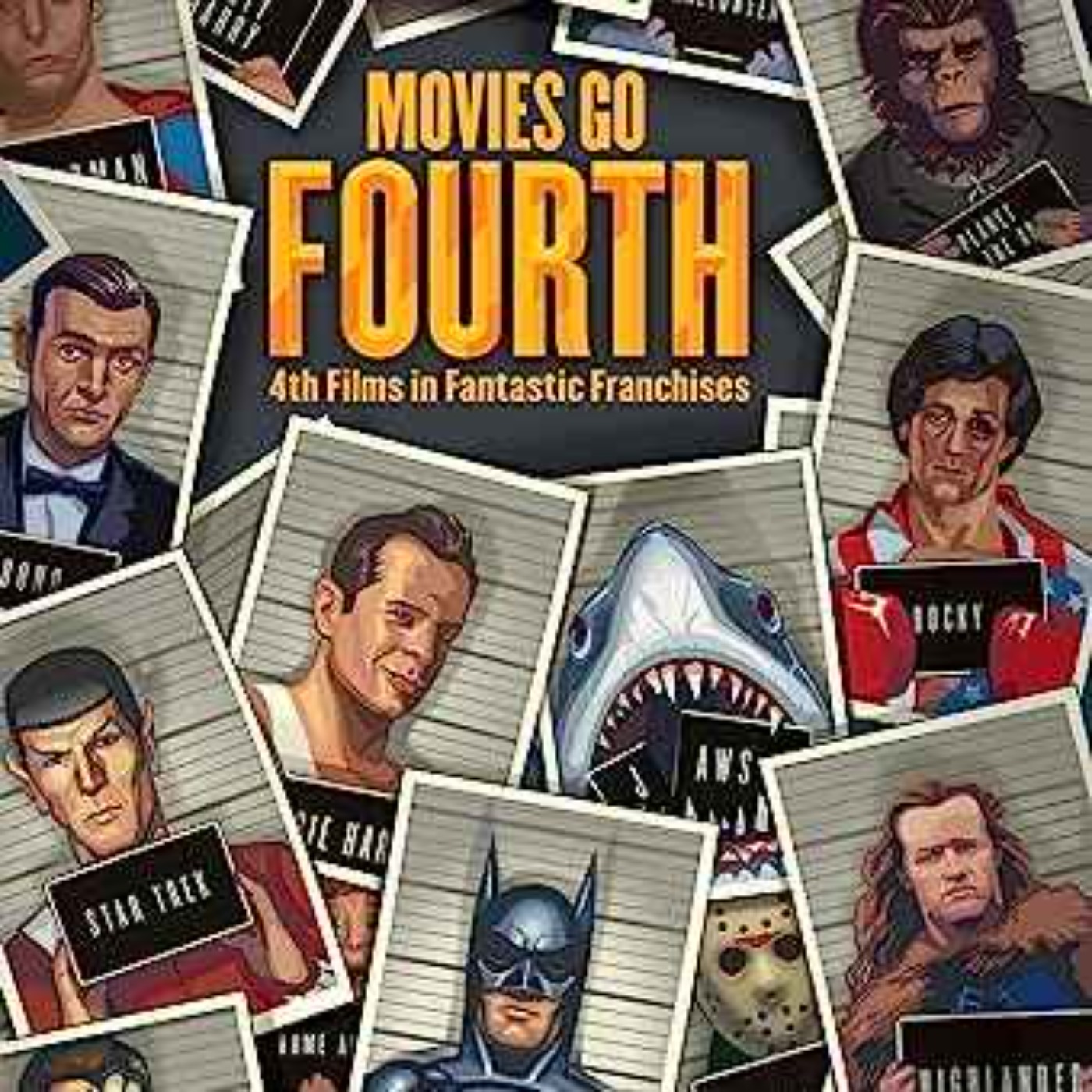
171. Movies Go Fourth
59:42Movies Go Fourth is a celebration of the fourth movies in the most popular film franchises of all time. It offers behind-the-scenes stories of fourth films from such beloved series as Star Wars, Star Trek, and James Bond. It also explores infamous fourth films, including Jaws: The Revenge, Superman IV: The Quest for Peace, and Batman & Robin. This riveting book reveals the inside scoop on some of the biggest films in horror (Halloween, Nightmare on Elm Street), sci-fi (Highlander, Terminator, Planet of the Apes), action (James Bond, Die Hard, Rambo) and comedy (Police Academy, Home Alone). Author Mark Edlitz also examines notable unmade fourth films, such as Francis Ford Coppola's The Godfather: Part IV and Sam Raimi's Spider-Man 4.Film trilogies used to signify a movie's success. Today, studios prefer to make never-ending stories. So what happens when the trilogy is over and the filmmakers or the studios want to make a fourth movie? Do they stick with the original story or create invent new characters who chart a new story? How do they honor what came first while inventing something new? And what happens when the artist and the studio come into conflict? This book answers those questions and many others.Through exclusive and revealing interviews, Movies Go Fourth delves deeply into making some of the most popular film franchises of all time. Based on candid interviews from the filmmakers themselves, Movies Go Fourth reveals what happens when art and commerce collide.
170. Karlovy Vary International Film Festival 2024
59:30I talk to esteemed film critic and friend Rafa Sales Ross (find her work here), Noaz Deshe about his new film Xoftex and Christos Nikou about Apples, Apple and Fingernails.The Karlovy Vary International Film Festival is the largest film festival in the Czech Republic and the most prestigious such festival in Central and Eastern Europe. It is one of the oldest A-list film festivals (i.e., non-specialized festivals with a competition for feature-length fiction films), a category it shares with the festivals in Cannes, Berlin, Venice, Locarno, San Sebastian, Montreal, Shanghai, and Tokyo. Among filmmakers, buyers, distributors, sales agents, and journalists, KVIFF is considered the most important event in all of Central and Eastern Europe.Every year, the festival presents some 200 films from around the world, and regularly hosts famous and important filmmakers. The Karlovy Vary festival is intended for both film professionals and the general public, and offers visitors a carefully designed programme, excellent facilities and a broad range of other services.
169. Bologna: Il Cinema Ritrovato Festival
30:44I speak with the the co-director of the Bologna Cinema Ritrovato festival Ehsan KhoshBakht and film restoration expert MIchael Dawson whose restorations of Stanley Kubrick's shorts showed at the festival.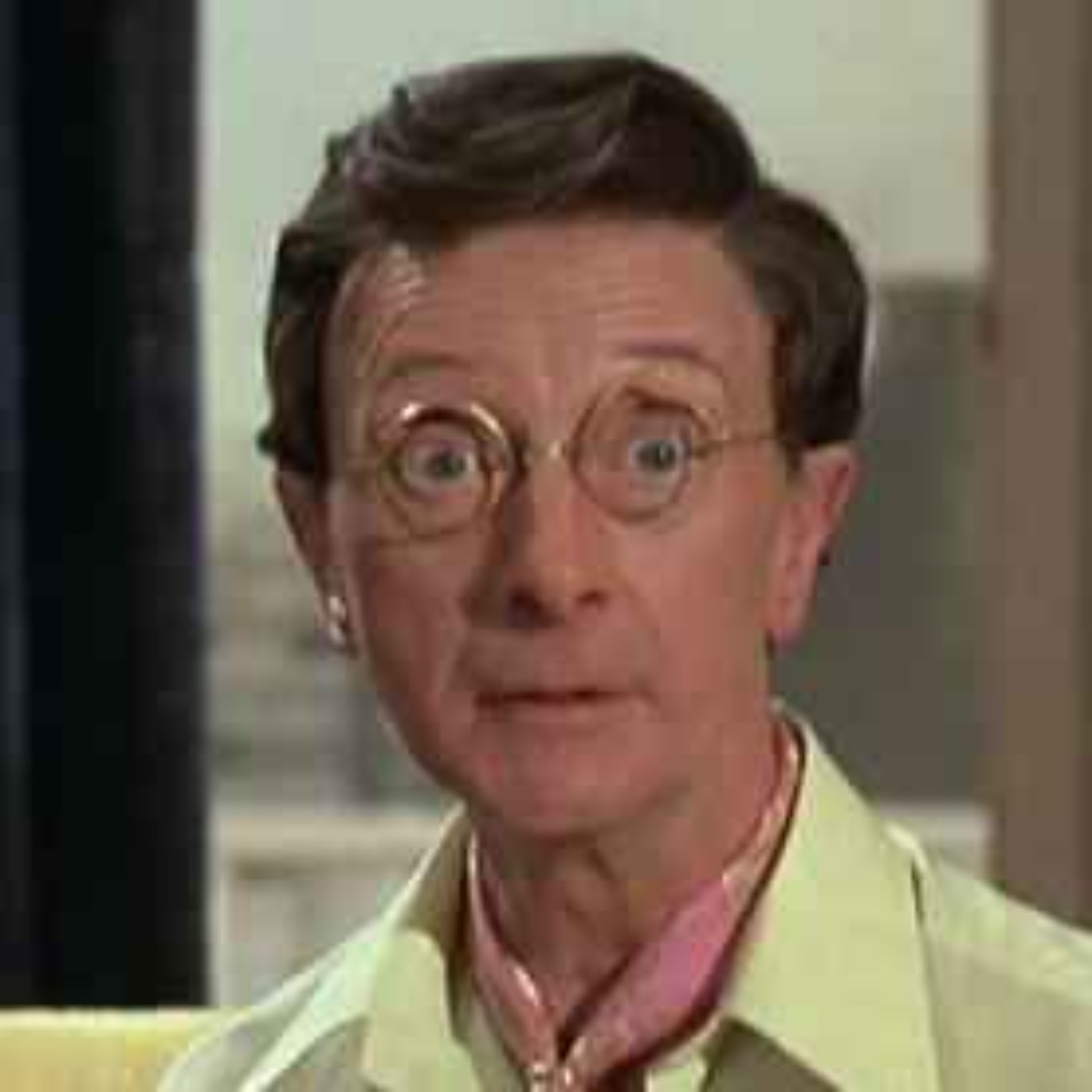
168. Roger Lewis talks Carry Ons and Charles Hawtrey
56:55Roger Lewis comes back to the pod to talk about his small masterpiece of biographical investigation, and fitting testament to a comic genius whose place in British cultural history is now assured. Charles Hawtrey, the skinny one with the granny glasses, was everybody's favourite in the Carry Ons - but who exactly was he? Up to now the man has remained a mystery.Examining Hawtrey's origins as a child star and performer in revue and the Will Hay films, this wonderful little book looks at his career in radio and television, and then to the sad and slow decline of a belligerent recluse on the Kent coast. The high camp exuberance of his acting gave way to bitterness and alcoholism and if you asked Hawtrey for an autograph he'd be more likely to call the police instead.Roger Lewis's short life of Hawtrey opens out like a Chinese box to address such issues as the nature of fame, neglect, loss, sexual confusion, Drambuie, betrayal, marine bandsmen, and fine cambric knickers trimmed with lace and blue ribbon. Its moral would seem to be that you don't necessarily turn out as the person you thought you'd become.Buy HERE.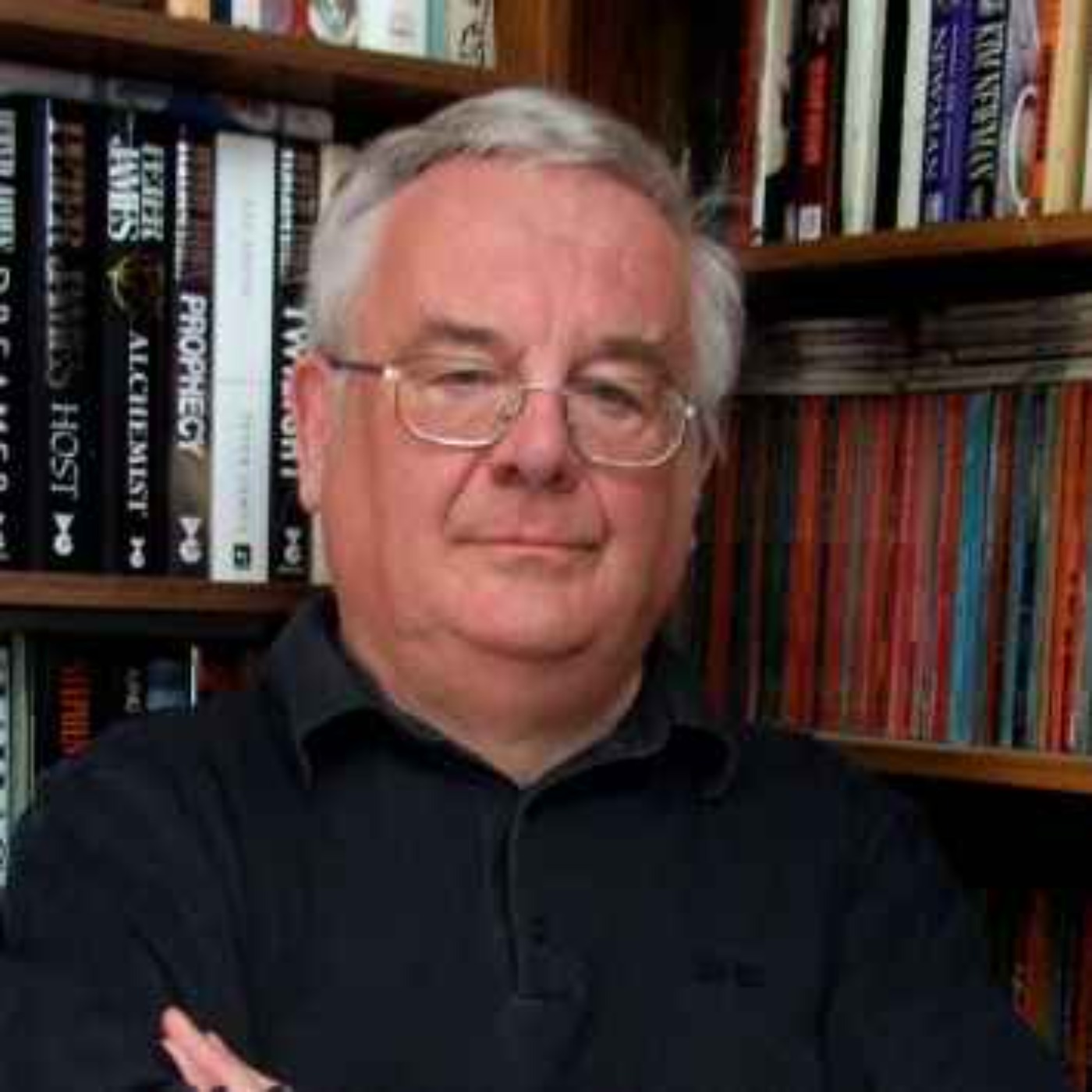
167. Ramsey Campbell talks the 3 Stooges, Horror films and Cinephilia
01:03:45Ramsey Campbell is an English horror fiction writer, editor and critic who has been writing for well over fifty years. He is the author of over 30 novels and hundreds of short stories, many of them winners of literary awards. Three of his novels have been adapted into films. He is also the author of Ramsey's Rambles, a book of film criticism and Six Stooges and Counting, a study of the famous comedy team the 3 Stooges.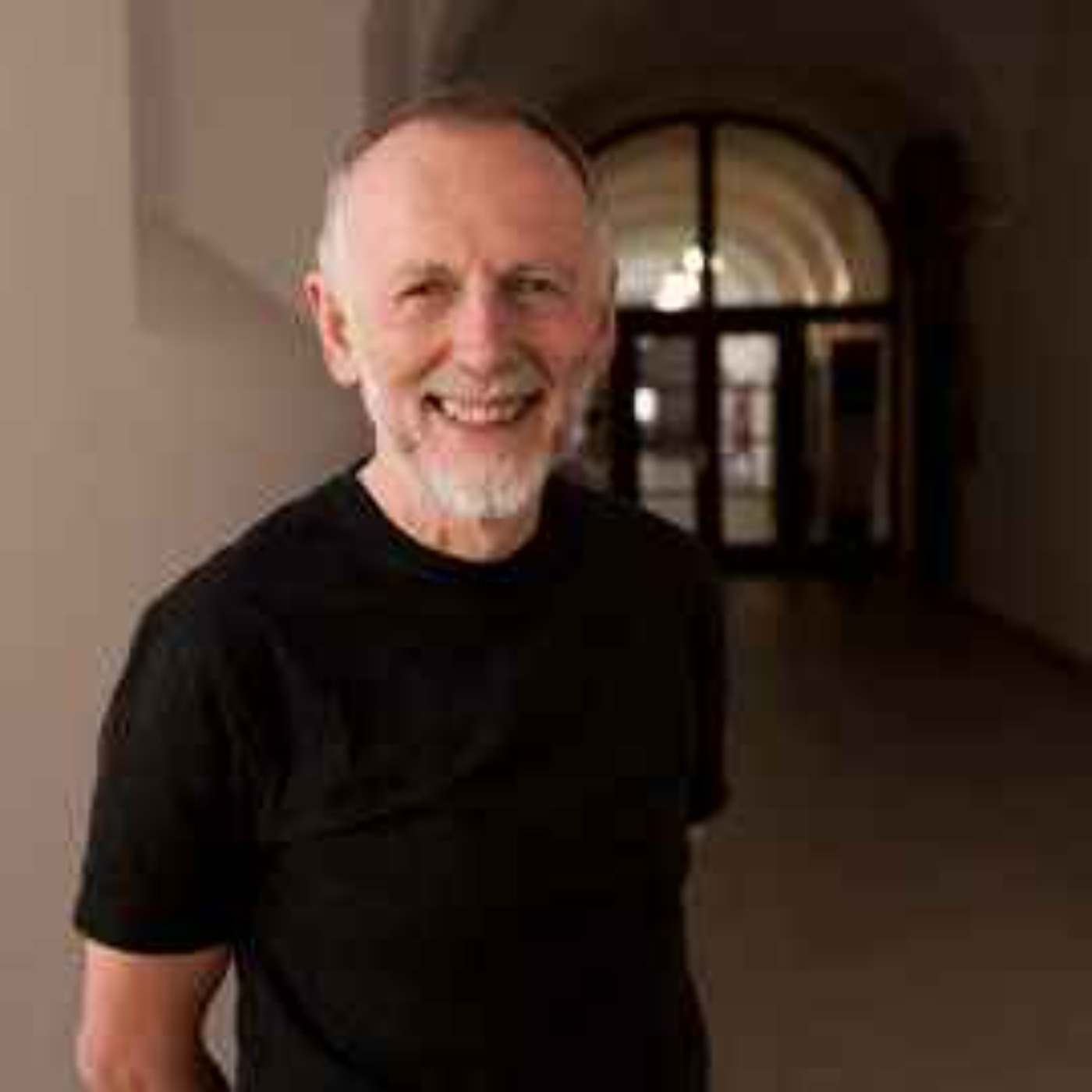
166. Ian Christie talks Powell, Pressburger, Scorsese and Cinema
01:06:02Ian Christie FBA is a British film scholar whose work on Michael Powell and Emeric Pressburger, Martin Scorsese and the development of cinema has made him one of the most respected film writers today. He is a regular contributor to Sight & Sound magazine and a frequent broadcaster as well as being the Professor of Film and Media History at Birkbeck, University of London.
165. Cannes Report 9: Anora, The Seed of the Sacred Fig
35:14Bilge Ebiri is one of the finest critics currently working. He was the critic for the Village Voice and is now writing for New York Magazine and Vulture.